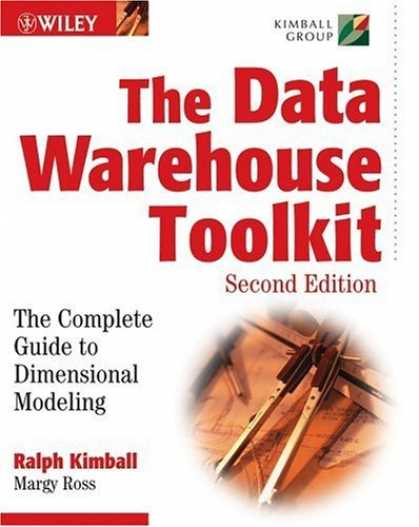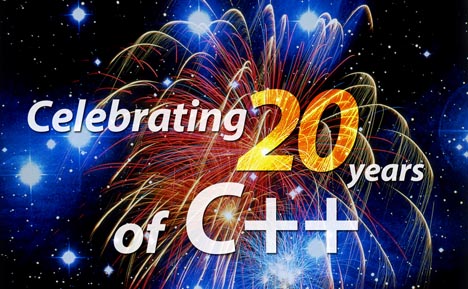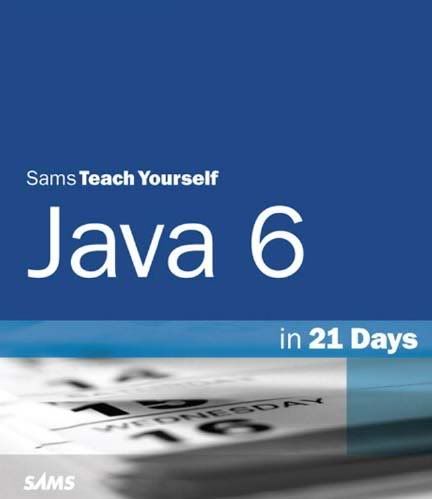Amazon.com Review At times much like an enjoyable lecture from a professor who tends to ramble at times, Microsoft's
A+ Certification Training is an excellent starting place for beginners looking to fathom the mysteries of their PCs. But the free-and-easy writing style of this book also makes it slightly more difficult to study for the test; because the book touches on all topics lightly, it might not prepare one for what lies ahead on the final exam.
The good news is that the book is engagingly written, using a conversational style that makes it an easy read. (As easy as certification books get, anyway.) The reader is eased gently into the PC with a historical introduction to the computer, including discussions on the abacus, the Babbage engine, and eventually UNIVAC I--then, the book moves up to showing pictures of common PC accessories, like mice and scanners. As an A+ student's introductory guidebook to the world of PCs, there isn't a better text available.
The book rapidly becomes more complex--as it must--diving into the PC's inner components and showing them bit by bit. (Kindly excuse the pun.) The basic concepts on the A+ exam are presented clearly with somewhat chatty writing and lots of pictures, so it should be a snap to get the A+ essentials down...but the organization of the book is the stumbling block. As stated earlier, it rambles.
For example, "Supplying Power to a Computer" is covered early on, in Chapter 5, and the reader is advised to start opening up and looking at computers, but "The Basics of Electrical Energy" isn't covered until Chapter 13. It's likely that the novice electrician would feel lost at times. Likewise, CPUs are covered in Chapter 4--but motherboards, where CPUs sit, aren't covered until Chapter 6, and the expansion buses that peripherals use to talk to CPUs don't get covered until four chapters after that. If one reads the book all the way through, all will be made clear eventually, but there will probably be times when the reader will want to flip ahead or scan back.
The information, however, is solid, although not the most up-to-date necessarily. (But then, with new CPUs coming out every week nowadays, what hardware book is?) The essential PC operations are covered nicely, and the explanations are sometimes dense, but generally understandable.
The explanations, however, lead us to the final, and most serious, problem with the A+ Training Guide: It's not a test preparation book.
It's an introduction.
The A+ Training Guide covers pretty much everything one would want to know about basic repairing and upgrading, but it doesn't provide the critical focus necessary for the exam. Without knowing which areas tend to be the "hot spots" on the A+ exam, the reader could spend a lot of time studying, say, monitor repair, and completely ignore the frequently tested CPU model comparisons section. Furthermore, the test questions at the end of each chapter are essay-style, not the multiple-choice questions that will appear on the A+ exam. The questions are designed to test one's knowledge, and they will--still, they probably won't help when it comes to narrowing down one choice out of three reasonable-sounding answers. In short, the guide goes over everything that's essential to know, but it doesn't stress one part over another--which increases study time and could make the reader fail the exam.
What this book is is an extremely good, well-written guide for the student looking to get a comprehensive overview--and, to that purpose, it does its job well. As a beginner's introduction to the premises that are necessary to know for the A+ exam, this comes highly recommended. But if the main goal is to get that certification on a resume, the reader probably will want to start out with this, and then move on to a book that tells specifically what can be expected on the exam. --William Steinmetz
Product Description
The A+ Certification program was created by a consortium of companies, including Microsoft, to define baseline knowledge and skill levels for IT professionals who support hardware and software based on the Intel(r) platform. With the A+ CERTIFICATION TRAINING KIT, Second Edition, Microsoft applies its popular, competency-based learning format to A+ Certification test preparation. Entry-level IT professionals, computer service technicians, and other computer science track students can use the kit to build real-world expertise with systems hardware and operating systems-as they prepare for the corresponding skill areas of the A+ exam. The kit is modular and self-paced, with hands-on, skill-building exercises. The entire course is featured on CD-ROM for easy searches and reference.
Click Following Button to download!!!

































